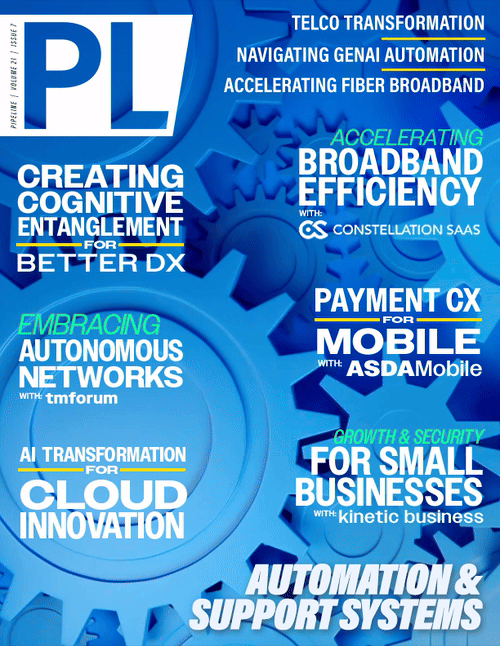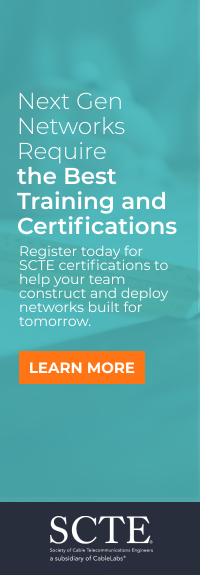From Telco to Techco: Enabling
the Next Generation of Digital Services
Historical data analysis: Building on this, non-causal correlative events are also important in protecting the network. Through the use of historical data analysis, AIOps can also identify the trends that occur in the run up to a specific failure, enabling proactive alerts to be given to network management teams with enough advance warning to take action and prevent an outage.
Autonomous issue resolution: Of course, better than an alert is the ability for the network to heal itself. There are several measures an AIOps system can take to achieve this, for example, routing traffic to avoid a misconfigured service and enabling the network to remain operational until human intervention arrives.
Outsourced Validation and
Testing Brings Trust
As we touched on above, modern infrastructure is adopting Open RAN technologies, with standardized and interoperable components, to become multi-vendor and multi-domain networks.
Open RAN has been created to widen the telecom ecosystem and enable greater levels of innovation, with a host of smaller, fast-moving startups and academic research facilities joining well-established titans to add competition and accelerate innovation. However, the technology’s disaggregated architecture creates the need for stringent interoperability, conformance, and performance validation. As above, modern telecom networks require maximal uptime. Without this validation, few will take the risk and integrate multi-vendor architectures that therefore “could” be a weak spot in performance, or security.
The creation of in-house testing facilities and expertise requires significant capital investment, which would (ironically, given its aim to increase competition) limit the implementation of such systems to solely vendors that can afford to build labs. The National Telecommunications and Information Administration (NTIA) Public Wireless Supply Chain Innovation Fund (PWSCIF) has sought to mitigate this and has helped fund the creation of openly-available, cost-effective testing labs that can be used to validate systems versus their theoretical models, creating a Lab-as-a-Service.
The first NTIA PWSCIF funded LaaS facility came into existence at the end of last year and combines cloud testing with a physical lab for the validation of the O-RU (Open Radio Unit), O-DU (Open Distributed Unit), and O-CU (Open Centralized Unit) against specific Open RAN specifications, such as for time and frequency synchronization, error handling, correction and recovery, and security testing for denial of service as well as unauthorized access attacks. And as more facilities are implemented across the globe, a growing range of services will be offered to cater for the bespoke nature of Open RAN equipment and enable greater trust by network operators.
AI Scenario Generation Allows Real-World Modelling
Building on the above, the need for vendors and network operators to undertake not only performance testing, but to understand how a specific network element will function in a specific network, in a specific location, and under even extreme circumstances, is vital.
With 5 EB of data travelling across the world’s networks every second, modelling how these react at scale is vital. Here, AI RAN Scenario Generators (AI RSGs) provide a way to predict the behavior of these highly complex and niche applications through the use of digital twins that accurately mimic real-world conditions and model RAN behavior at the system level. Using an AI RSG, it is possible to simulate several thousands of UEs (user equipment) on the network and model movements, handovers and resource requests, overlaying this onto real-world maps and real networks thousands of cells per reference server.
Conclusion
The move to a techco model brings several advantages, not least in terms of increased 5G monetization. However, this enforces a complete shift in mindset for many traditional telecom operators.
This article has focused on automation in the NOC, outsourced testing and AI modelling, albeit several other factors also exist, such as the need to deploy higher-speed networks operating at 800G and 1.6T to support AI workloads or Ethernet fabric/backhaul, with testing also critical here. In many ways, the principles are the same, with network operators able to implement greater levels of automation and exploit the growing ecosystem that collectively is offering Everything-as-a-Service (XaaS) to lower costs, improve monetization, bring trust and more reliably manage the huge amount of traffic flowing across a network.


















